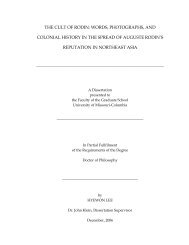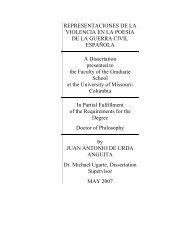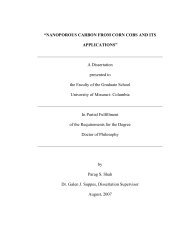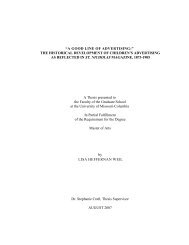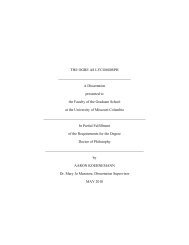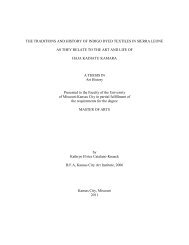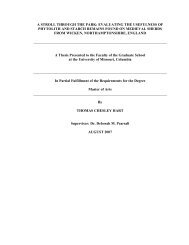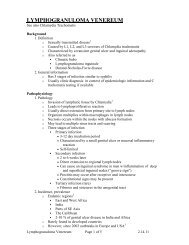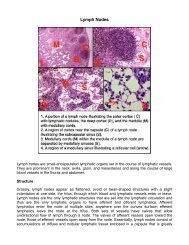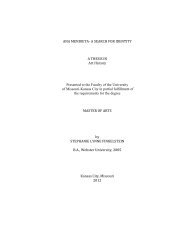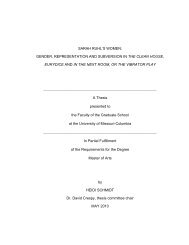Social Construction of Reality - Bad Request
Social Construction of Reality - Bad Request
Social Construction of Reality - Bad Request
You also want an ePaper? Increase the reach of your titles
YUMPU automatically turns print PDFs into web optimized ePapers that Google loves.
7. Analyzed for words identified during 2 nd close reading and entered the<br />
frequencies into the Open Coding workbook<br />
This open coding process illuminated important ideas as embodied in high frequency<br />
words. The most important concepts according to the frequency evidenced in the short<br />
stakeholder interviews were effectiveness (52), stakeholders (38), students (33), resources<br />
(23), and change (21). The only word to surface in every interview was effective.<br />
After the open coding process was complete, a third close reading was used to<br />
begin the process <strong>of</strong> axial coding. Three main themes, all <strong>of</strong> which in some way took into<br />
account ideas evidenced via open coding, emerged: engendering collaboration, return on<br />
investment, and process use. Once it was determined these themes were present, each was<br />
highlighted throughout the text <strong>of</strong> the interviews utilizing yellow, green, and pink<br />
highlighting respectively (Appendix P).<br />
Collaboration. Repeatedly throughout the short interviews stakeholders expressed<br />
the importance <strong>of</strong> bringing people together to work and think. One stakeholder explained,<br />
people need to feel validated and know that “we are all in this together” (Interview,<br />
March 19, p. 2). Another stakeholder noted people must “have input and participate in<br />
development” (Interview, March 18, p.2). Top down delivery does not foster solid<br />
implementation according to yet another (Interview, March 19, p.2). A different<br />
stakeholder for this study explained that stakeholders for various programs across the<br />
district deserve to be at the table working together (Interview, March 20). Another<br />
elaborated: “program evaluation can bring people around the table, allowing them to<br />
really talk to each other, to appreciate differences, and experience, as result, a change in<br />
perspective and accomplish what they might not on their own” (Interview, March 20).<br />
73



